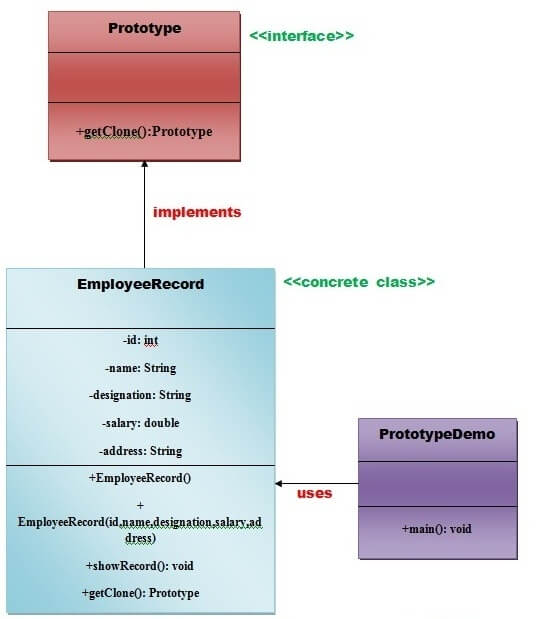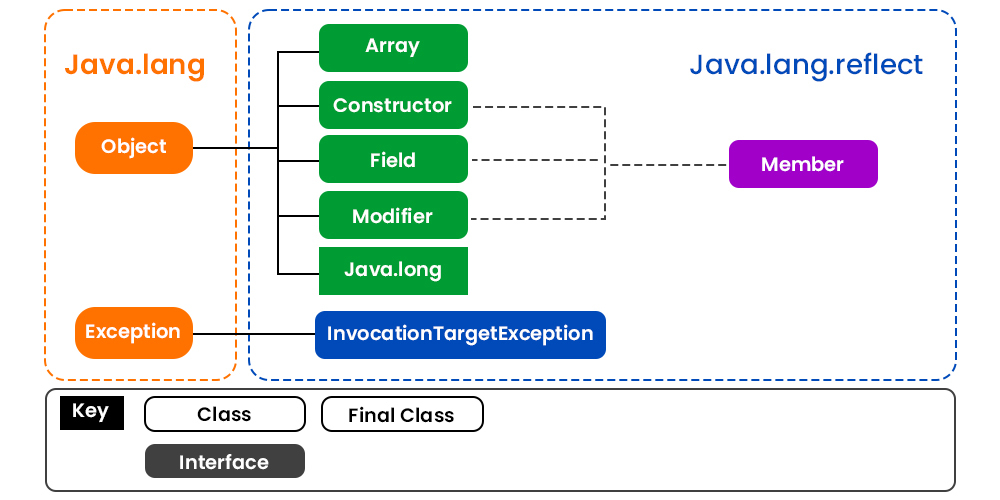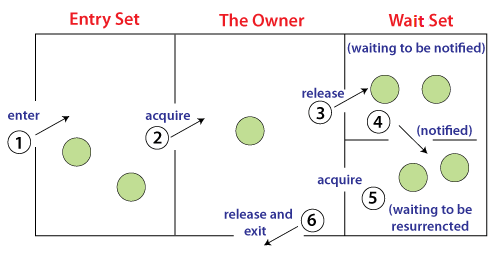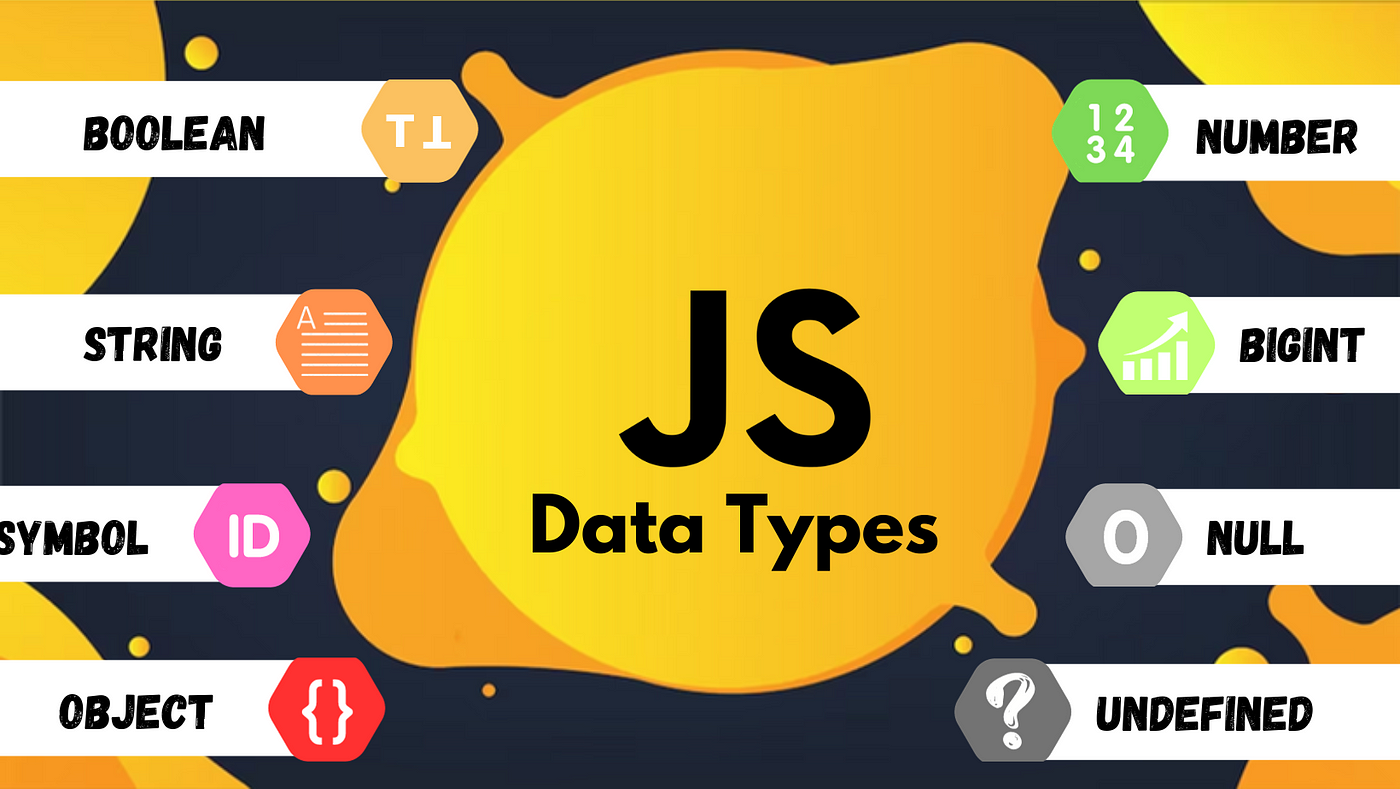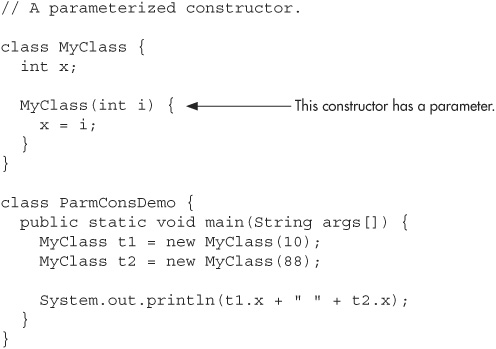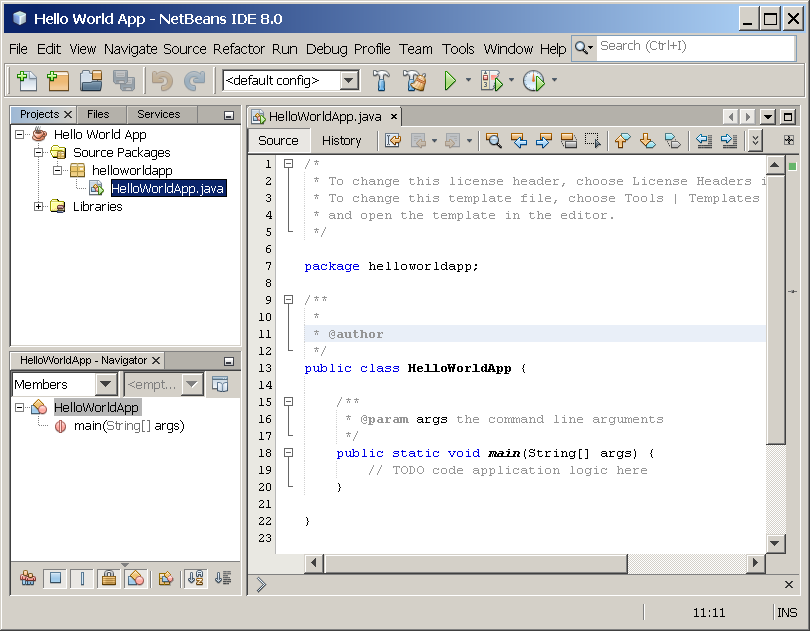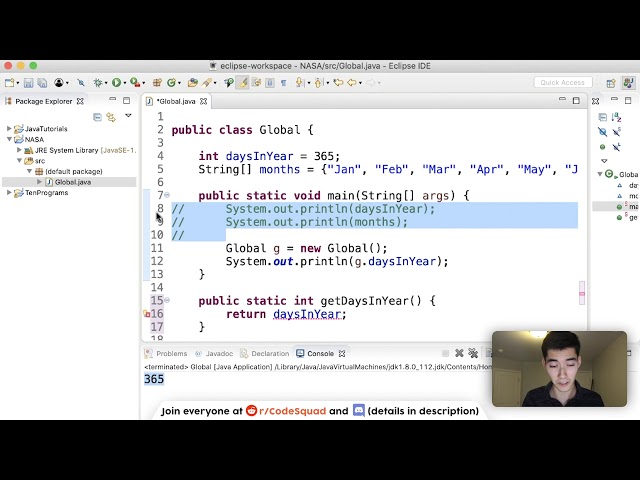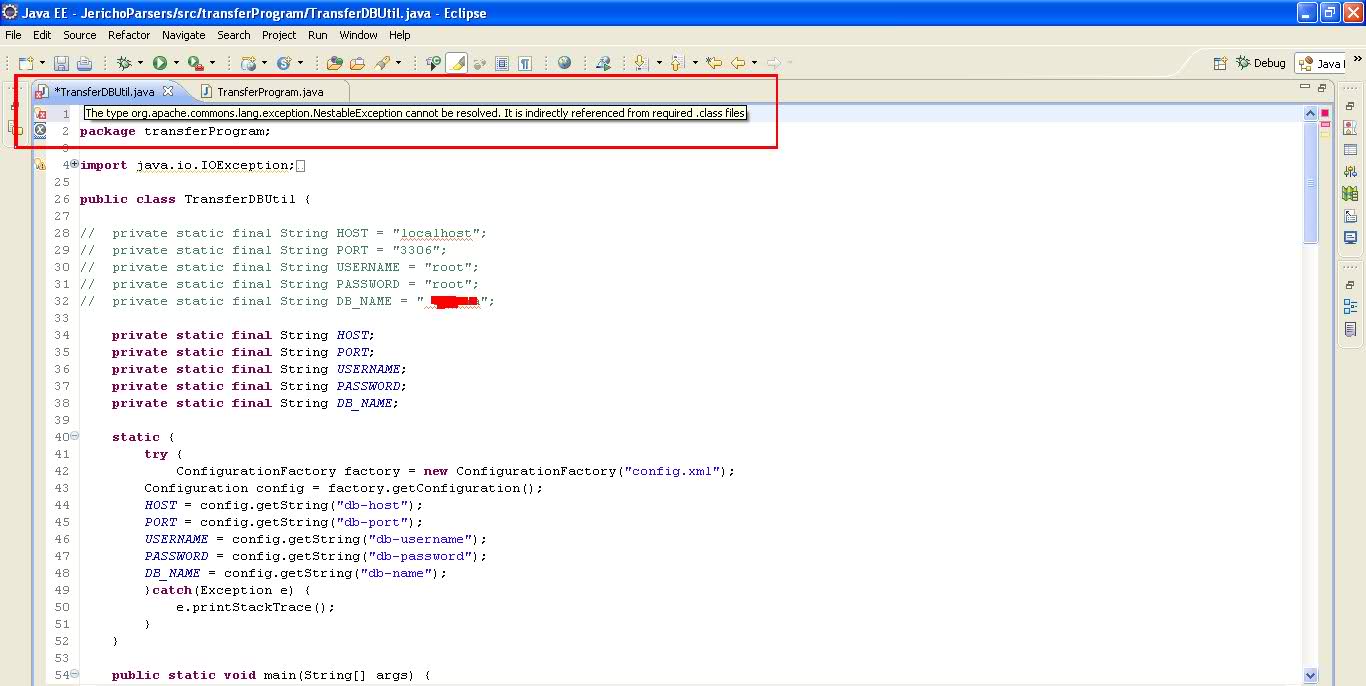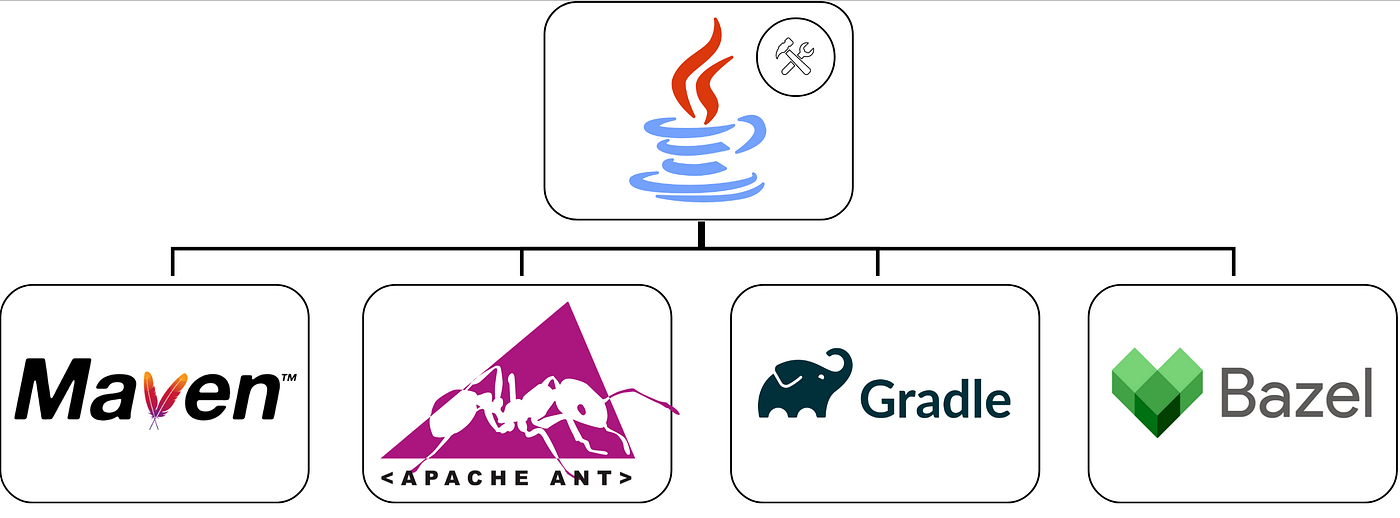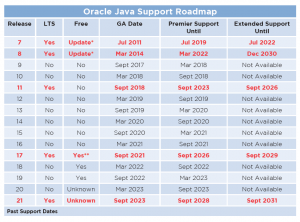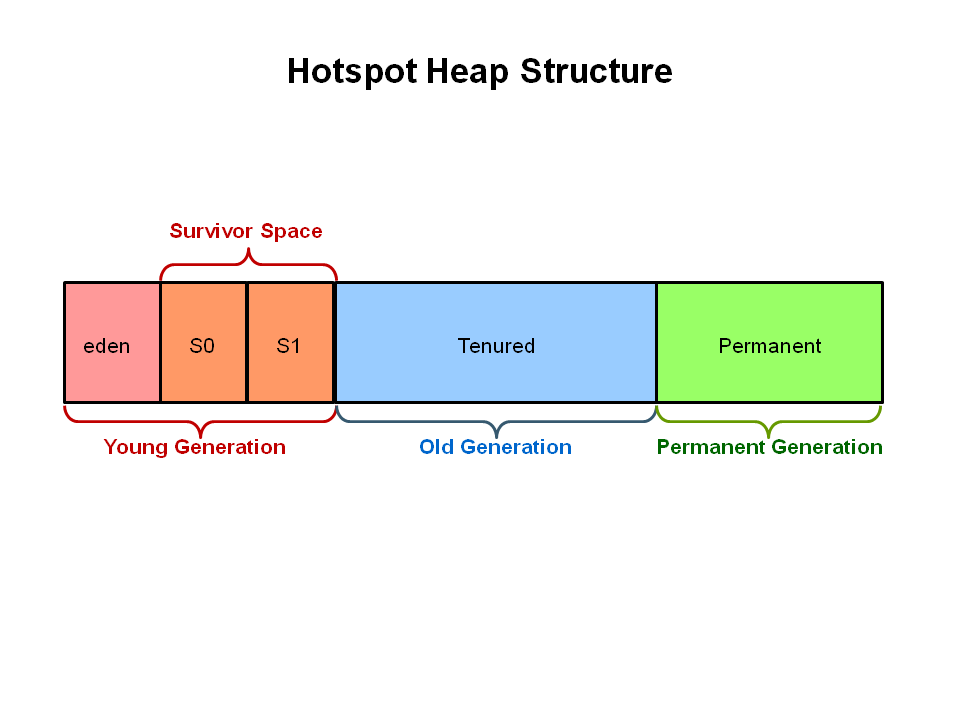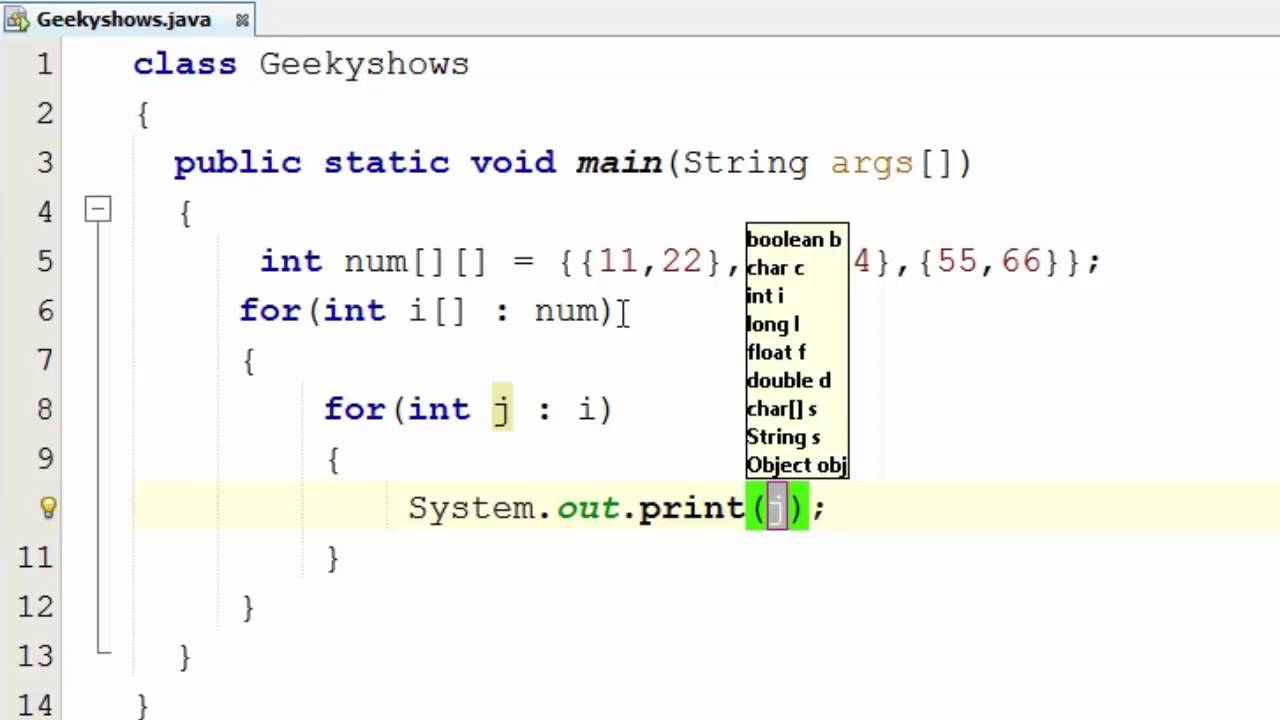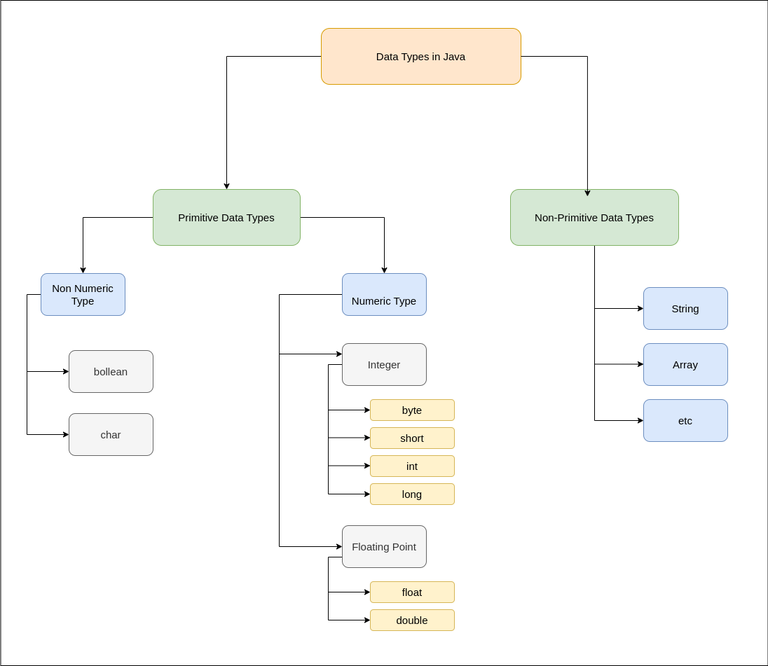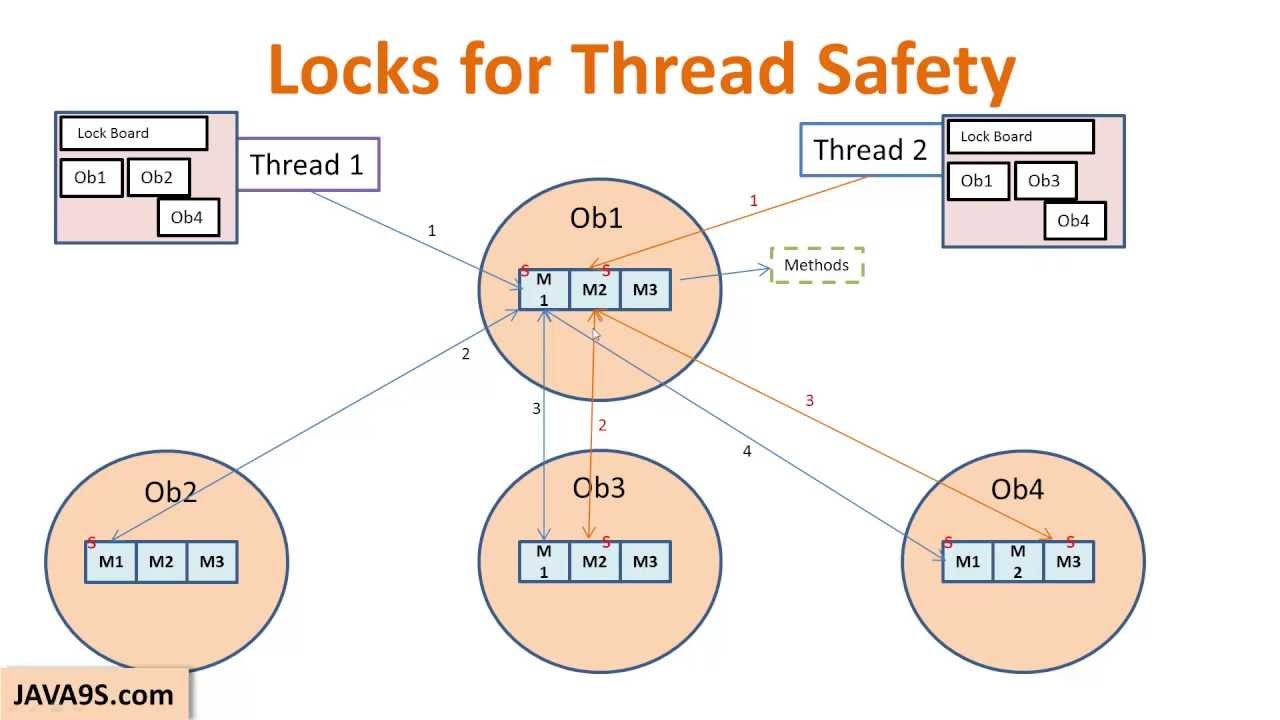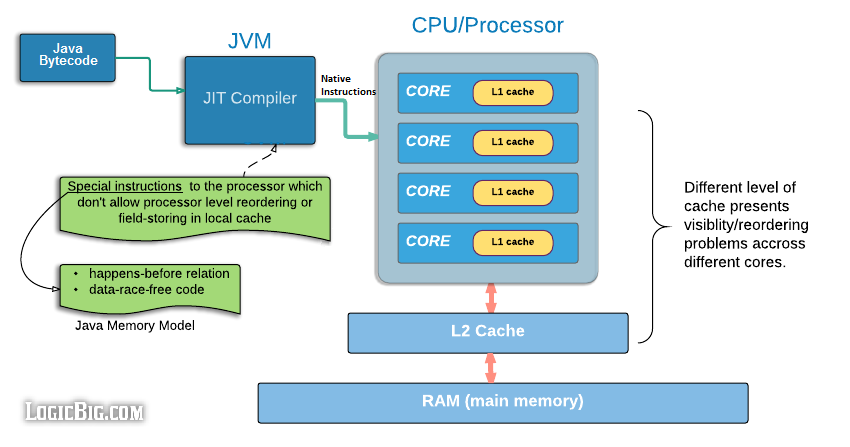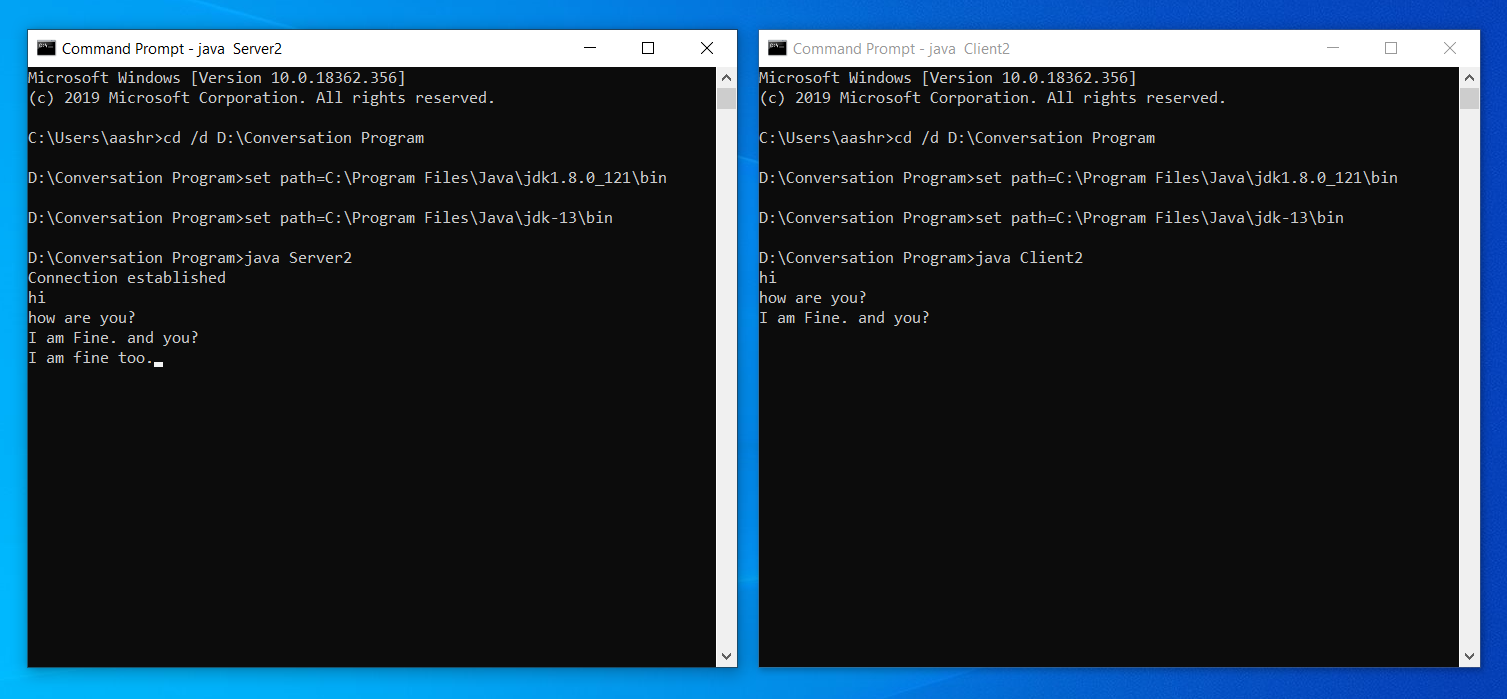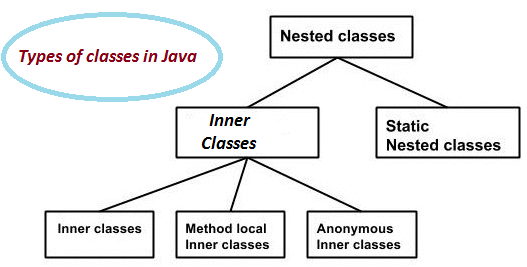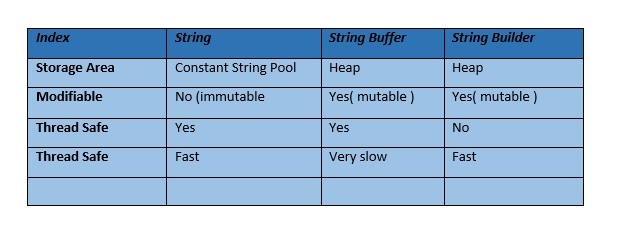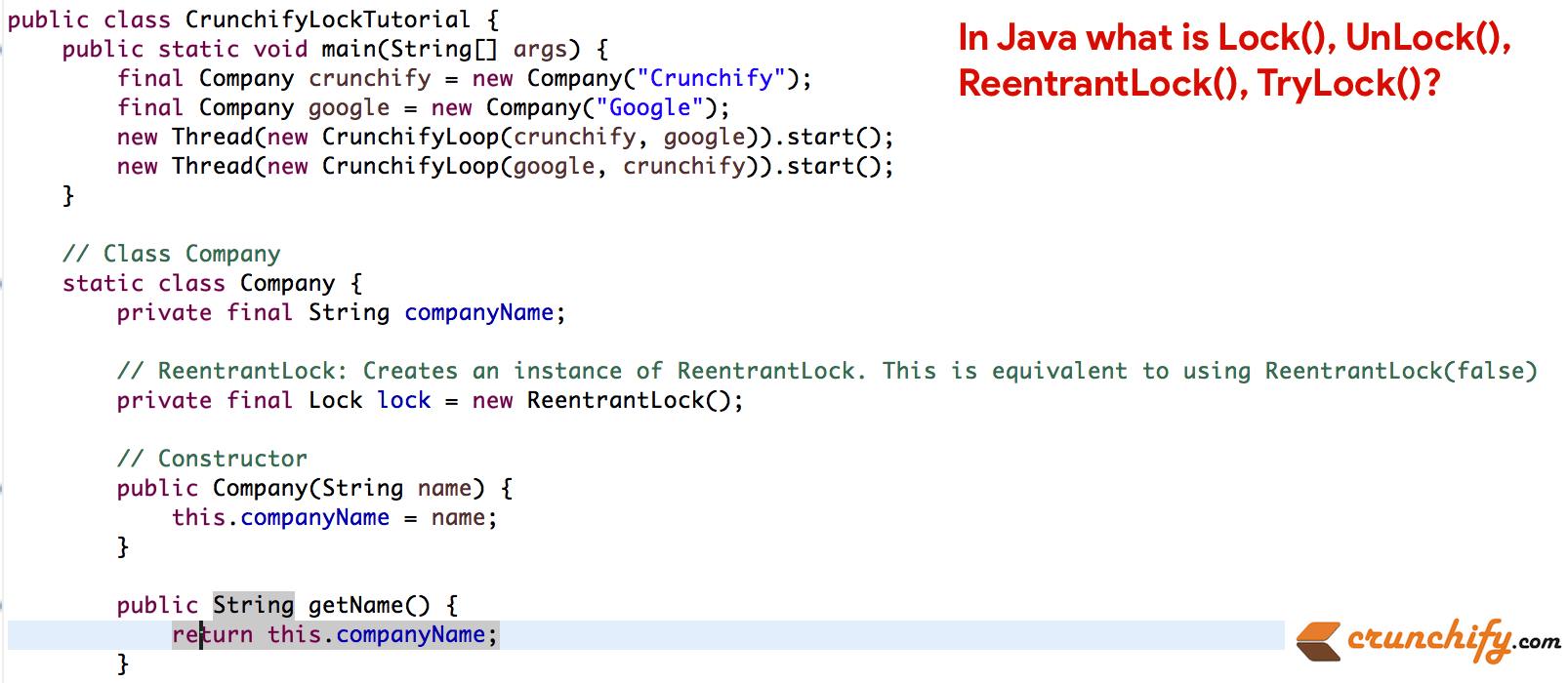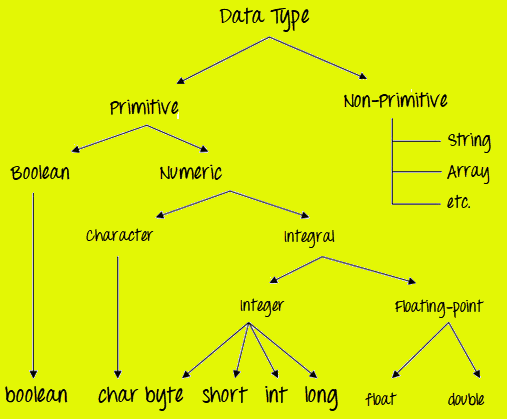Atomic integer in Java
Atomic integer in Java
I'd be happy to explain atomic integers in Java!
In Java, an atomic integer is a way to safely update a shared integer value from multiple threads without worrying about the dreaded "lost update" problem.
Here's why we need atomic integers:
Imagine you have two threads, T1 and T2, that are updating a shared integer variable, sharedValue, concurrently. Let's say T1 sets sharedValue to 5, and just before it finishes writing its value, T2 interrupts and sets sharedValue to 10. When T1 finally gets around to finishing its update, it will see the new value of 10, not the 5 it intended to set.
To avoid this problem, we can use atomic integers. An atomic integer is a special kind of variable that guarantees that once a thread starts updating the variable's value, no other thread can interrupt and alter the value until the first thread finishes writing its update. This ensures that the updates are seen by all threads in the correct order.
Java provides several ways to create atomic integers:
AtomicInteger: This is the most common way to create an atomic integer. It's a class provided by Java's java.util.concurrent.atomic package, which provides various operations for updating the value of the atomic integer. AtomicIntegerFieldUpdater: This is another way to create an atomic integer that allows you to update the value of a specific field (in this case, the sharedValue variable) in a class.
Here's how we can use atomic integers:
Let's say we have two threads, T1 and T2, that are updating a shared integer variable, sharedValue, concurrently. We want to ensure that the updates are seen by all threads in the correct order.
public class AtomicIntegerExample {
private AtomicInteger sharedValue = new AtomicInteger(0);
public void updateSharedValue(int value) {
while (!sharedValue.compareAndSet(0, value)) {
// If the value was already updated, wait and try again
Thread.sleep(1);
}
}
public static void main(String[] args) {
AtomicIntegerExample example = new AtomicIntegerExample();
new Thread(() -> {
for (int i = 0; i < 5; i++) {
example.updateSharedValue(i * 2 + 1);
}
}).start();
new Thread(() -> {
for (int i = 0; i < 5; i++) {
example.updateSharedValue((i * 3) + 4);
}
}).start();
}
}
In this example, the updateSharedValue method uses the compareAndSet operation to update the value of the shared integer. This operation atomically compares and sets the value, ensuring that the updates are seen by all threads in the correct order.
That's a basic overview of atomic integers in Java! They provide a way to safely update shared variables from multiple threads without worrying about lost updates.
How atomic variable works internally in java javatpoint
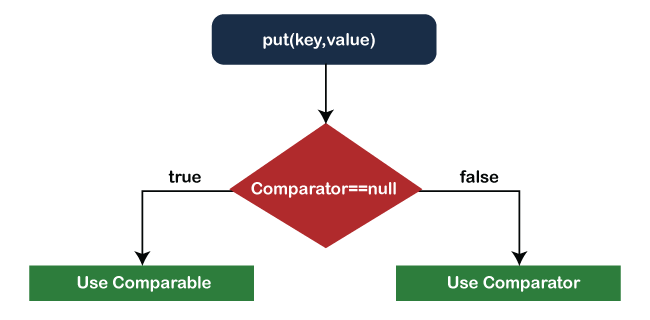
I'll respond in English as per your request.
Atomic variables are a crucial feature in Java that allows developers to safely update shared variables in a multi-threaded environment. Introduced in Java 5 (also known as JDK 1.5), atomic variables are part of the java.util.concurrent.atomic package, which provides a set of classes designed for concurrent programming.
How Atomic Variables Work Internally
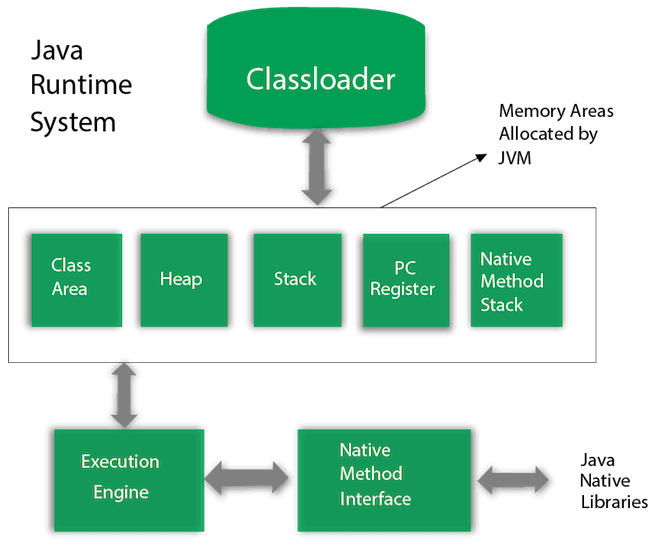
Atomic variables work by using a combination of volatile memory access and low-level operations on a native monitor to ensure that updates to the variable are thread-safe. Here's a high-level overview of how they work internally:
Volatile Memory Access: When an atomic variable is declared asvolatile, it ensures that all changes made to the variable will be immediately reflected in main memory, making sure that other threads see the updated value. Native Monitor: Each atomic variable uses a native monitor (a low-level lock) to ensure that only one thread can update the variable at any given time. This lock is implemented using the JVM's intrinsic mechanism, which is more lightweight than using synchronized blocks. Compare-And-Swap (CAS): Atomic variables use CAS operations to update the variable. When a thread attempts to update an atomic variable, it performs a CAS operation, which checks whether the expected value matches the current value. If they match, the update is performed; otherwise, the operation fails and returns the original value.
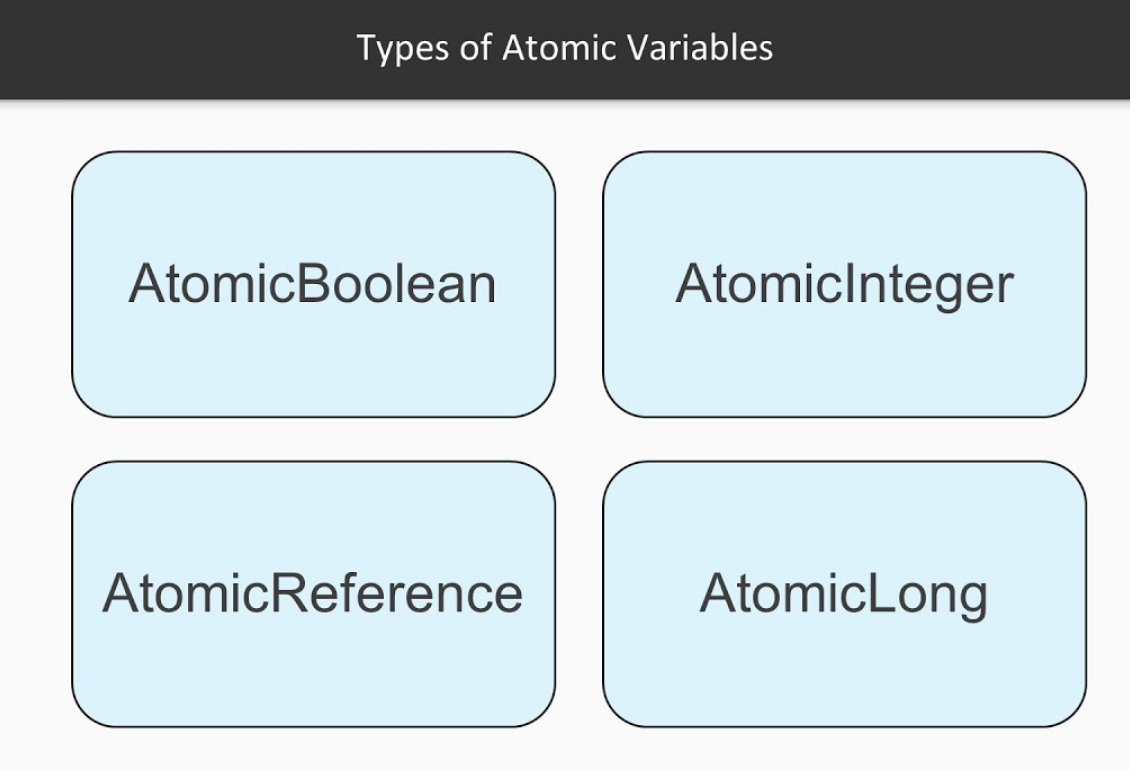
Example: Using Atomic Variables
Here's an example of using an atomic variable in Java:
import java.util.concurrent.atomic.AtomicInteger;
public class AtomicVariableExample {
private static AtomicInteger counter = new AtomicInteger(0);
public static void main(String[] args) throws InterruptedException {
for (int i = 0; i < 10; i++) {
new Thread(() -> {
for (int j = 0; j < 1000; j++) {
counter.incrementAndGet();
}
}).start();
}
// Wait for all threads to finish
Thread.sleep(1000);
System.out.println("Final count: " + counter.get());
}
}
In this example, we use an AtomicInteger variable named counter to keep track of a shared integer value. We create 10 threads that increment the counter variable by 1000 times each. The AtomicInteger ensures that the updates are thread-safe and visible across all threads.
Benefits of Atomic Variables
Using atomic variables in Java provides several benefits, including:
Thread-safety: Updates to shared variables are ensured to be thread-safe. High-performance: Atomic variables use low-level locks and CAS operations for efficient updating. Less overhead: Compared to usingsynchronized blocks, atomic variables have less overhead.
In conclusion, atomic variables in Java provide a powerful way to safely update shared variables in a multi-threaded environment. By understanding how they work internally, developers can effectively use atomic variables to write high-performance, thread-safe code.
